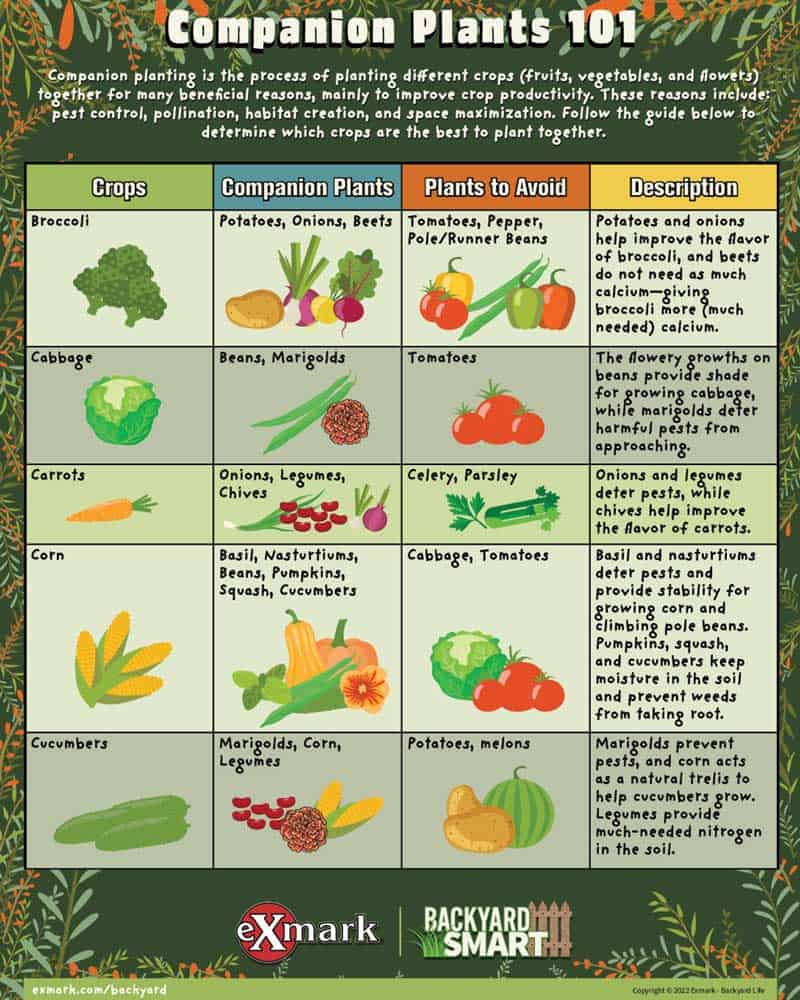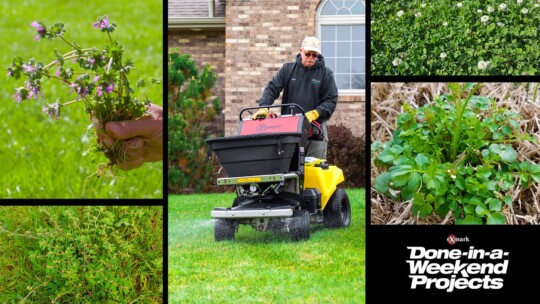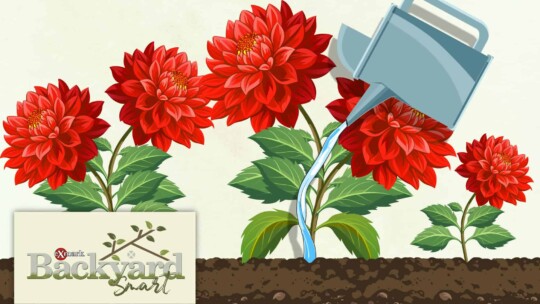Companion planting—the process of planting different fruits, veggies and flowers together for a variety of beneficial reasons like improving crop productivity—can seem incredibly difficult at the start. Although the concept comes with dozens of “dos” and “don’ts,” it’s actually a breeze with the proper know-how. Follow these tips to learn the many benefits of vegetable companion planting, determine which crops are the best to plant together, and discover how simple and straightforward the practice really is.
The History of Companion Planting
Companion planting has been practiced around the world for nearly 10,000 years. The indigenous people of the Americas first established a vegetable companion planting technique known as the “Three Sisters,” originating from a legend where a medicine woman dreamt each of her three fighting daughters was planted as a seed. These seeds were planted in such a way that the sisters would have to grow and thrive alongside each other. And these particular seeds? Corn, beans, and squash—all growing together in ways that help each other thrive!
Likewise, for over a thousand years the Chinese have paired mosquito ferns with rice. The ferns supply the growing rice with the necessary amounts of light, shade and nitrogen farmers need to maximize their yearly harvest.
Vegetable Companion Planting Benefits
As with the Three Sisters story, the benefits gained from companion planting are numerous, and they all contribute to the growth and health of your crops. Pairing the correct crops together helps deter predatory bugs while attracting helpful pollinators; provides much-needed nutrients (like calcium and nitrogen); acts as a natural trellis for vine crops to climb; keeps moisture in the soil and prevents disease. It also helps reduce weed growth, provides necessary shade and ultimately improves the flavor of fruits and veggies.
Pairing Your Vegetables
Understanding the benefits of companion planting is pointless without first knowing which plants to plant together for the best harvest. As mentioned, deciding which plants go together is no sweat at all. All it takes is a little research!
Most commonly grown crops—like tomatoes, corn, beans and squash—go great together. Planting marigolds and tomatoes in close proximity helps repel predatory bugs that like eating tomatoes and spreading blight. Two of the Three Sisters, squash and corn, also go great together. Corn provides some necessary afternoon shade to the growing squash. Rounding out the Three Sisters, beans and corn make a perfect pair. Corn acts as a natural trellis for the beans—giving them a structured place to grow upward and climb!
While planting certain plants together does help growth, some plants are bullies towards others. They act just like the nasty bugs, weeds, and soil diseases that are also trying to harm your plants. For example, planting garlic and onions near beans is a big no-no. Both absorb nutrients from the soil that will stunt—and inevitably kill—the beans. Watch out for bullies!
Refer to the companion planting chart below for an in-depth look at all the plants that you should and shouldn’t plant together.

Get backyard smart and find the answers to the lawn-and-garden questions homeowners are looking for: https://backyard.exmark.com/tag/backyard-smart/



